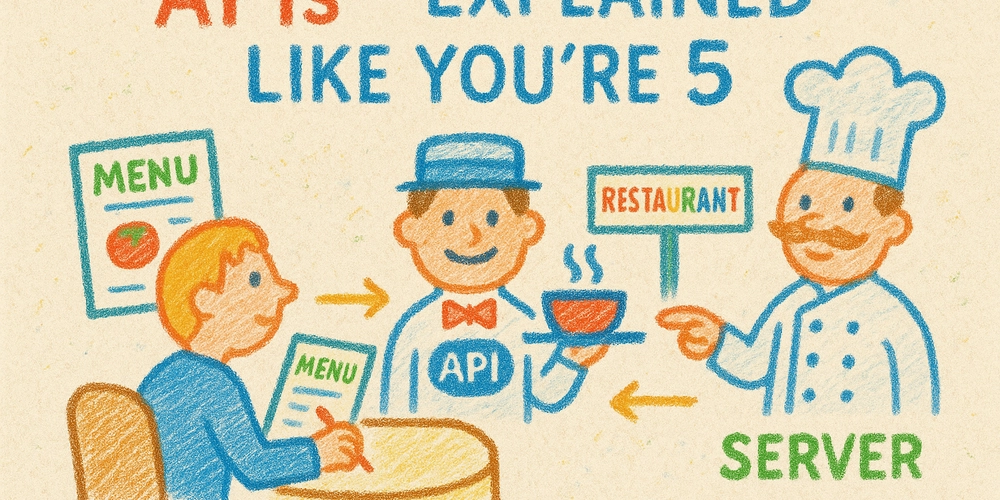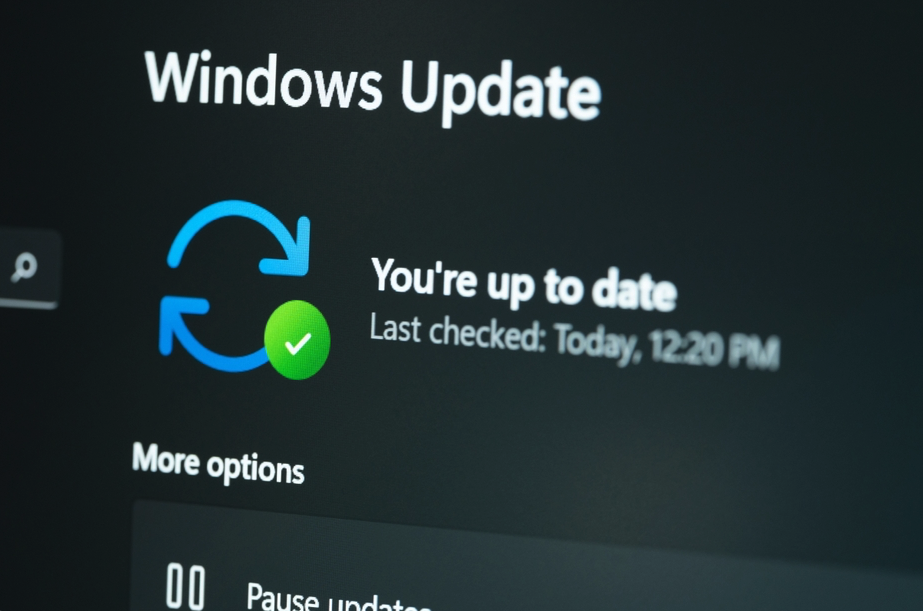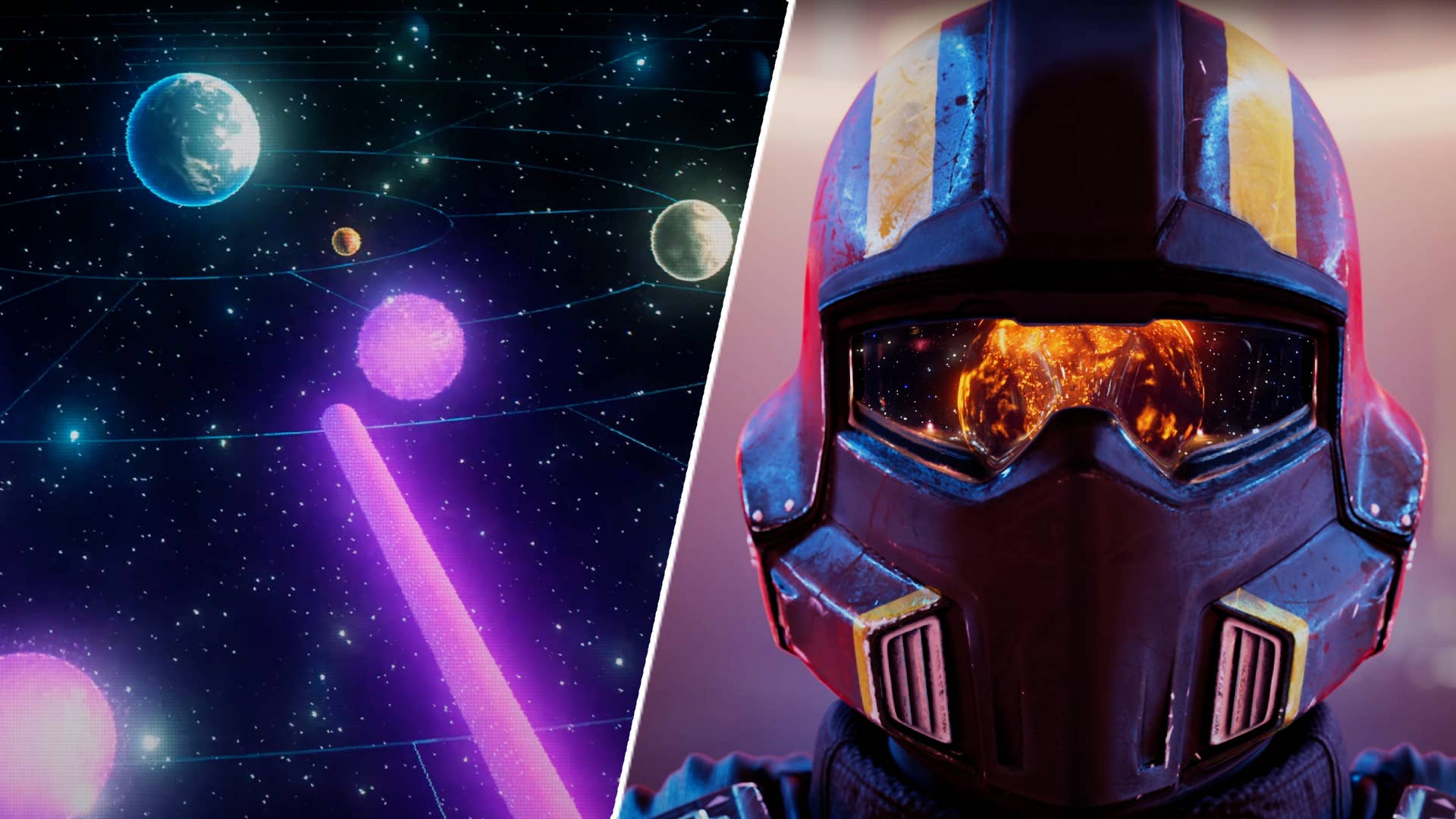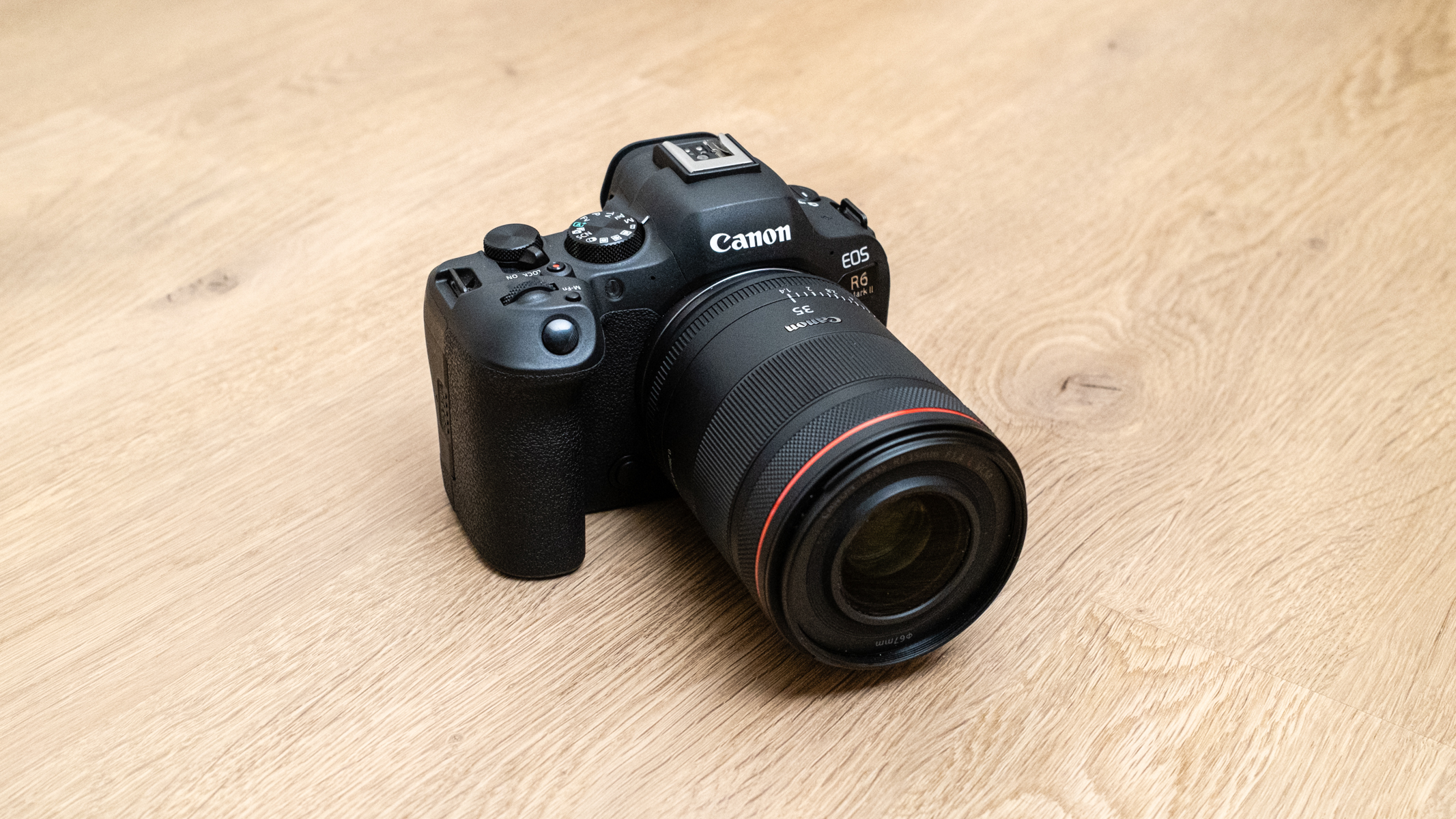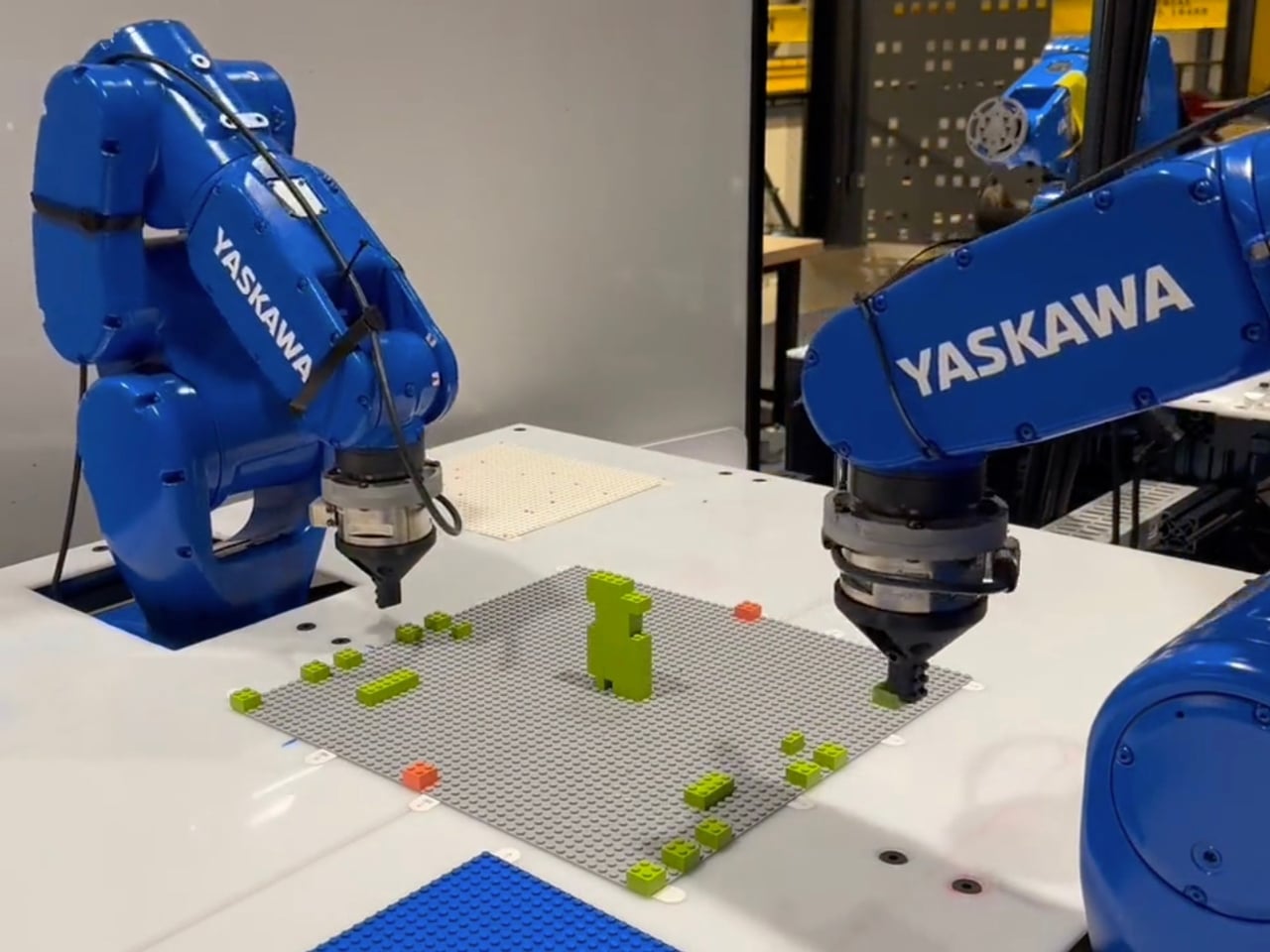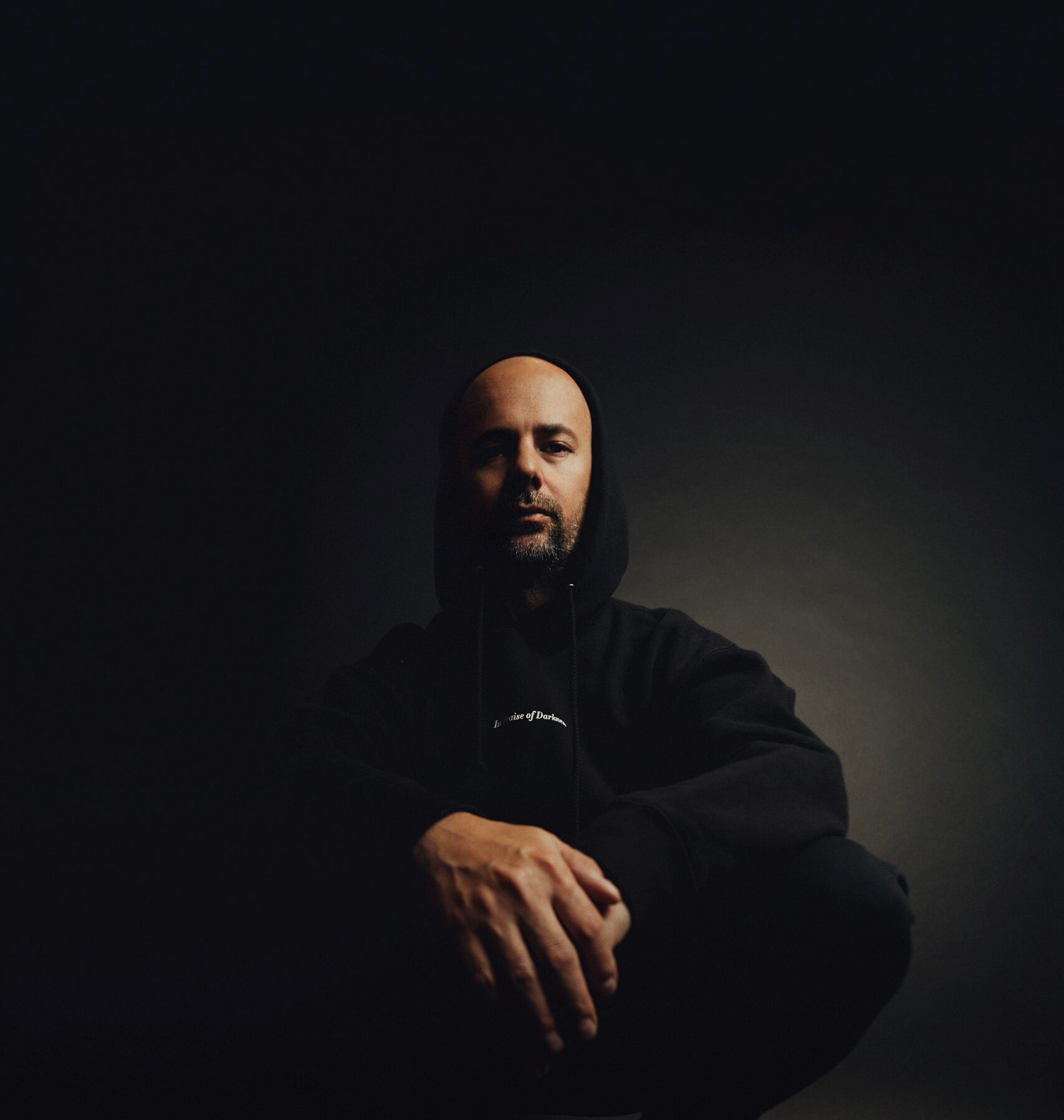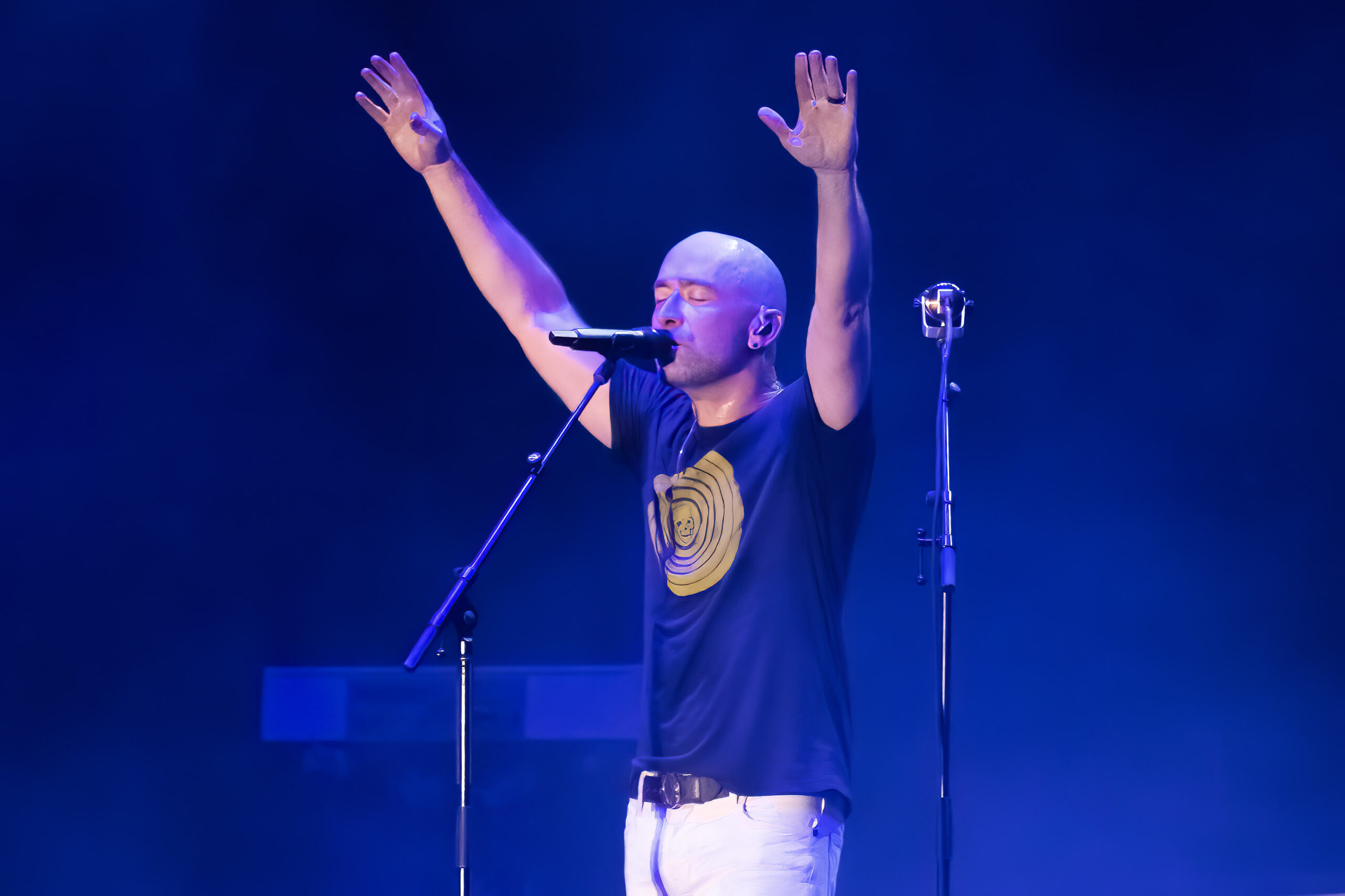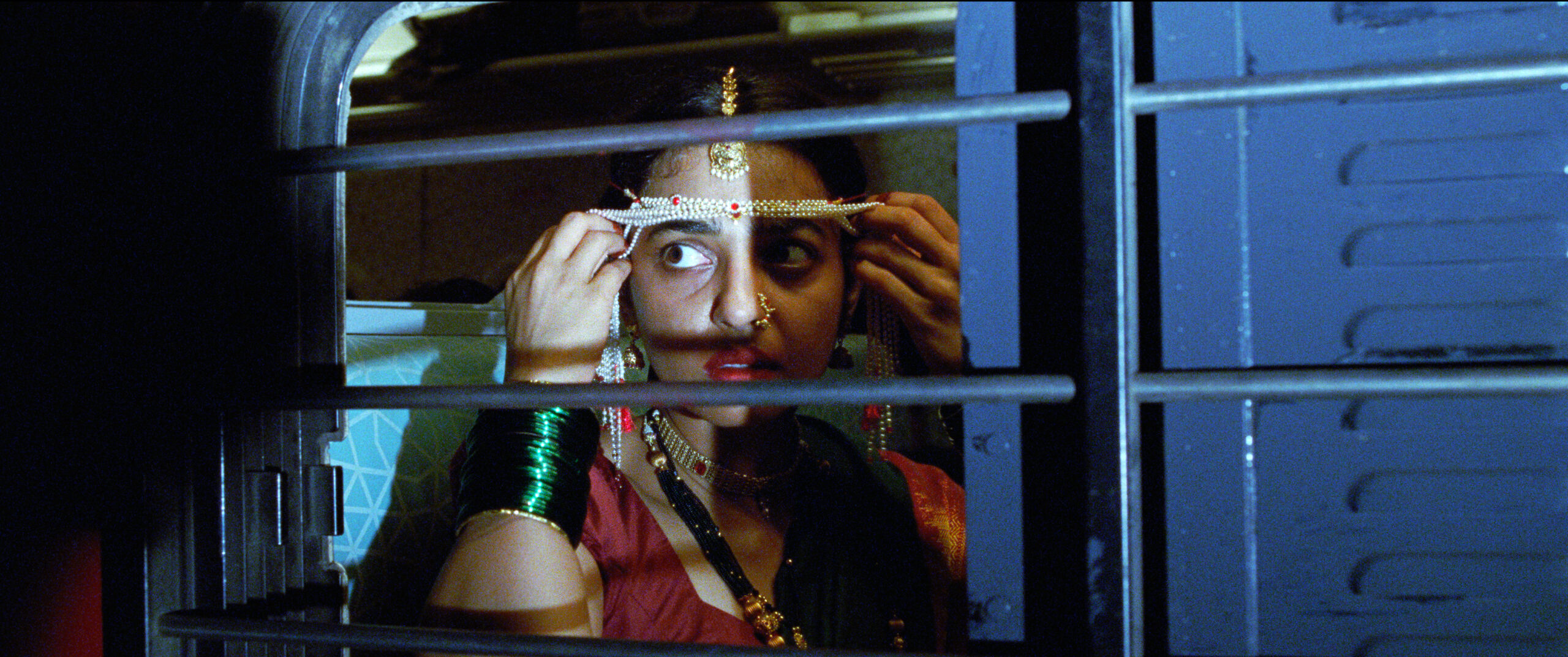Buried in the Mind: On “The Shrouds,” David Cronenberg’s Grief-Stricken Techno-Thriller
The Shrouds (David Cronenberg, 2024).In defense of The Shrouds (2024), the new film by David Cronenberg, I propose a moratorium on our fixation with “the body” when considering one of the great filmmakers of the mind. My intention is neither to be perverse nor provocative, qualities The Shrouds offers in abundance; nor to minimize that its plot centers on a technology that allows the bereaved to observe in real time the rotting corpses of buried loved ones. Bodies⎯alive and dead, material and imagined, actual and virtual, whole and dismembered⎯are indeed a central problem in The Shrouds, as they were in Crimes of the Future (2022). But just as that film’s tale of an ecological dystopia where the human body sprouts organs of unknown purpose was fundamentally concerned with how we assign meaning to the body, The Shrouds is an extended meditation on images of the body, including the body of the film we’re watching. The Shrouds repays, even compels, a second viewing by resolving its techno-thriller narrative in a manner that recasts the entire film as sheer phantasmagoria. The movie opens, appropriately enough, in the unconscious. The body of a dead woman (Diane Kruger as Becca) floats in a hazy chamber, lit by a hovering insect with a bioluminescent abdomen. A man peers through an aperture, his eyes welling with tears. He lets loose a howl of grief as the camera zooms into his mouth; the light suddenly turns fluorescent as, without a visible cut or transition, a latex-gloved hand probes his teeth with a dental instrument. Karsh (Vincent Cassel), a successful “producer of industrial videos,” has fallen asleep during his check-up. On waking, his dentist presents him with X-rays and a warning that “grief is rotting your teeth.” Karsh lost Becca several years ago to cancer and subsequently founded GraveTech, a company that wraps the dead in a bodysuit, part kimono, part insectoid pupa, which generates a high-definition real-time image of the corpse that one can observe via smartphone or monitors embedded in tombstones. GraveTech’s flagship site, complete with a lovely restaurant, is in Toronto; plans for expansion to Reykjavík and Budapest are in the works. Much of The Shrouds will entail a complex conspiracy triangulating these cities after the Toronto site is vandalized and hacked by unknown agents who may or may not be fomenting a plan to weaponize Karsh’s tech as a global surveillance apparatus. Yet Cronenberg, with masterly economy, tells us almost everything we need to know about this puzzling film in these opening scenes. The seamless transition from a dream state to reality, the examination of bones as digital images, questions that receive no answer (“So what do I do about the grief thing, dentally speaking?”)⎯these tropes and tactics ramify across the mordant tragicomedy of The Shrouds, a movie of sly displacements and sustained enigmas. The Shrouds (David Cronenberg, 2024).Cronenberg’s wife of 43 years succumbed to cancer in 2017, and he has claimed The Shrouds is partly inspired by this loss. Much has been made, in this context, of Cassel’s styling: His silver hair is groomed in the combed-back manner of Cronenberg’s own, and he was asked to mimic the director’s Toronto accent. These correspondences should be taken with a grain of salt. Cassel certainly resembles Cronenberg, but we are talking about a filmmaker who has long spoken of his identification with diseases, parasites, and all manner of nonhuman agents. Far more uncanny is the doppelgänger effect produced from the triple roles played by Kruger. As Becca, she spends part of the film consoling Karsh through the livestream of her decay; more intimately and mysteriously, she pays him several phantasmic visits in his dreams⎯visions whose status take on strange implications in the increasingly ambiguous narrative. (“Am I asleep?” Karsh asks her one night. “Are you still alive?” Becca: “I don’t know.”) No less mischievous is Kruger’s turn as Terry, Becca’s sister, a dog groomer with the distinctly Cronenbergian kink of becoming sexually aroused by conspiracies. Kruger’s third part is the most devious of all: modeling and giving voice to Hunny, an animated AI digital assistant used by Karsh. Yet it begins to seem that Hunny, prone to appearing unprompted and progressively untrustworthy, is the one using Karsh…Becca, Terry, and Hunny swirl around Karsh, messing with his mind as he tries to sort out who vandalized GraveTech and why. Icelandic ecoterrorists? Russian operators? Chinese industrial spies? And what of the strange growths that appeared on Becca’s skeleton before access to her stream was lost? Why has her former oncologist, Dr. Eckler (Steve Switzman), gone missing in Reykjavík? Questions spawn further questions which tend to resolve themselves into illusions prompting still more questions. The Shrouds piles up data yet the more insistently it moves forward the more it spins in place. “Everything’s encrypted,” notes Maury (Guy Pearce), the ex-


The Shrouds (David Cronenberg, 2024).
In defense of The Shrouds (2024), the new film by David Cronenberg, I propose a moratorium on our fixation with “the body” when considering one of the great filmmakers of the mind. My intention is neither to be perverse nor provocative, qualities The Shrouds offers in abundance; nor to minimize that its plot centers on a technology that allows the bereaved to observe in real time the rotting corpses of buried loved ones. Bodies⎯alive and dead, material and imagined, actual and virtual, whole and dismembered⎯are indeed a central problem in The Shrouds, as they were in Crimes of the Future (2022). But just as that film’s tale of an ecological dystopia where the human body sprouts organs of unknown purpose was fundamentally concerned with how we assign meaning to the body, The Shrouds is an extended meditation on images of the body, including the body of the film we’re watching.
The Shrouds repays, even compels, a second viewing by resolving its techno-thriller narrative in a manner that recasts the entire film as sheer phantasmagoria. The movie opens, appropriately enough, in the unconscious. The body of a dead woman (Diane Kruger as Becca) floats in a hazy chamber, lit by a hovering insect with a bioluminescent abdomen. A man peers through an aperture, his eyes welling with tears. He lets loose a howl of grief as the camera zooms into his mouth; the light suddenly turns fluorescent as, without a visible cut or transition, a latex-gloved hand probes his teeth with a dental instrument. Karsh (Vincent Cassel), a successful “producer of industrial videos,” has fallen asleep during his check-up. On waking, his dentist presents him with X-rays and a warning that “grief is rotting your teeth.”
Karsh lost Becca several years ago to cancer and subsequently founded GraveTech, a company that wraps the dead in a bodysuit, part kimono, part insectoid pupa, which generates a high-definition real-time image of the corpse that one can observe via smartphone or monitors embedded in tombstones. GraveTech’s flagship site, complete with a lovely restaurant, is in Toronto; plans for expansion to Reykjavík and Budapest are in the works. Much of The Shrouds will entail a complex conspiracy triangulating these cities after the Toronto site is vandalized and hacked by unknown agents who may or may not be fomenting a plan to weaponize Karsh’s tech as a global surveillance apparatus. Yet Cronenberg, with masterly economy, tells us almost everything we need to know about this puzzling film in these opening scenes. The seamless transition from a dream state to reality, the examination of bones as digital images, questions that receive no answer (“So what do I do about the grief thing, dentally speaking?”)⎯these tropes and tactics ramify across the mordant tragicomedy of The Shrouds, a movie of sly displacements and sustained enigmas.

The Shrouds (David Cronenberg, 2024).
Cronenberg’s wife of 43 years succumbed to cancer in 2017, and he has claimed The Shrouds is partly inspired by this loss. Much has been made, in this context, of Cassel’s styling: His silver hair is groomed in the combed-back manner of Cronenberg’s own, and he was asked to mimic the director’s Toronto accent. These correspondences should be taken with a grain of salt. Cassel certainly resembles Cronenberg, but we are talking about a filmmaker who has long spoken of his identification with diseases, parasites, and all manner of nonhuman agents. Far more uncanny is the doppelgänger effect produced from the triple roles played by Kruger. As Becca, she spends part of the film consoling Karsh through the livestream of her decay; more intimately and mysteriously, she pays him several phantasmic visits in his dreams⎯visions whose status take on strange implications in the increasingly ambiguous narrative. (“Am I asleep?” Karsh asks her one night. “Are you still alive?” Becca: “I don’t know.”) No less mischievous is Kruger’s turn as Terry, Becca’s sister, a dog groomer with the distinctly Cronenbergian kink of becoming sexually aroused by conspiracies. Kruger’s third part is the most devious of all: modeling and giving voice to Hunny, an animated AI digital assistant used by Karsh. Yet it begins to seem that Hunny, prone to appearing unprompted and progressively untrustworthy, is the one using Karsh…
Becca, Terry, and Hunny swirl around Karsh, messing with his mind as he tries to sort out who vandalized GraveTech and why. Icelandic ecoterrorists? Russian operators? Chinese industrial spies? And what of the strange growths that appeared on Becca’s skeleton before access to her stream was lost? Why has her former oncologist, Dr. Eckler (Steve Switzman), gone missing in Reykjavík? Questions spawn further questions which tend to resolve themselves into illusions prompting still more questions. The Shrouds piles up data yet the more insistently it moves forward the more it spins in place. “Everything’s encrypted,” notes Maury (Guy Pearce), the ex-husband of Terry who programmed the code for GraveTech. “Pun intended.”
The Shrouds is Cronenberg’s strongest film since Cosmopolis (2012) and his wittiest since eXistenZ (1999). “So tell me about this body thing,” Terry asks of Karsh. “You’ve made a career out of bodies.” If Cronenberg is to some extent channeling his grief, he’s also crafted a sneaky magnum opus that synthesizes his long-standing concerns. The Shrouds could not make clearer that Cronenbergian bodies, no matter how potent, repellent, or affecting, are cinematic representations, objects of the imagination. Cronenberg has been far more attentive to this fact than his commentators. Videodrome (1983), famous for its fleshy televisions and VHS belly bussies, is only the first of his films in which the spectacles on display are projections of a character’s interiority. Max Renn’s televisual ordeal is an absolute enigma that cannot be assimilated to any baseline reality. He advances, like Karsh, further into the depths of his broken psyche; in both cases the movie we are watching is, to a degree we cannot determine, being projected in the minds of these damaged protagonists.
Naked Lunch (1991) developed this idea with great sophistication, posing the delusions of a drug-addled writer against the nominal reality he occupies while subtly undermining the distinction between the two. The immaculate Spider (2002) perfects the strategy of mind manifest as image. Adapted by Patrick McGrath from his own novel, the film maps the contours of subjectivity as it is drawn and redrawn in response to an investigation of psychic terrain. After checking into a residence for the mentally ill, the eponymous schizophrenic (Ralph Fiennes) shuffles about a landscape of gasworks, canals, and disheveled garden plots, gathering bits of debris in his pockets and confiding his thoughts to a journal in an illegible script. Just as McGrath’s novel is the transcript of this journal, Cronenberg’s film plays as the cinematic adaptation of Spider’s psychic text. The movie operates on a double register: We watch the movie that Spider projects for himself even as he inhabits it, lurking in the corners of his mental efforts to forge a narrative out of unreliable memories and unstable fantasies.

The Shrouds (David Cronenberg, 2024).
The viewer of such a film is thus forced to make sense of their spectatorship, to question not merely what they are viewing but also the logic of its construction. Which is to say, the Cronenberg spectator is necessarily engaged with questions of form whether they know it or not. eXistenZ is meaningless unless one attends to its strategies of montage and begins to realize that its narrative adventures through virtual reality are, in effect, synonymous with the film’s textual operations: The game being played is cinema. The same holds true of The Shrouds, a movie that ends where it begins, in the Interzone where conscious and unconscious, corporeal and immaterial, subjective and objective refuse to settle in a comfortable binary.
When I say that too much emphasis has been given to the body in Cronenberg’s work and not enough attention paid to his investment in perception, cognition, and the glitch-prone apparatus of the psyche, it is not to elevate the first term of a mind/body dualism that has never mattered to him. What gets lost in the relentless discourse on “body horror,” a stubbornly overused label for a corpus that hasn’t produced a true horror film since The Fly (1986), are the central themes of The Shrouds: our free fall into the vortex of endless content, the emotional and psychic bonds we forge with simulacra, the conspiratorial anxieties that necessarily emerge from a culture that no longer grasps how the medium is the message, our inability to understand the workings of form. The Shrouds is a comedy that cuts to the bone of a bewildered body politic.
The most startling images in the film are not the dismembered phantoms or rogue AI avatars but something entirely unprecedented in a Cronenberg film: product placement. One of several recent films coproduced by Saint Laurent, The Shrouds prominently features Apple gadgets and a bright white Tesla driven by Karsh. Much of this was settled business before Elon Musk hosed millions of dollars down the throat of a vulgar despot suggesting Canada become the 51st state. Cronenberg is no fool. If Tesla helped fund The Shrouds, the money was well spent by turning Tesla into an emblem of the “techno-atheist infidel” brain rot infecting Karsh. Secure the bag, daddy. And thanks for the masterpiece.



















